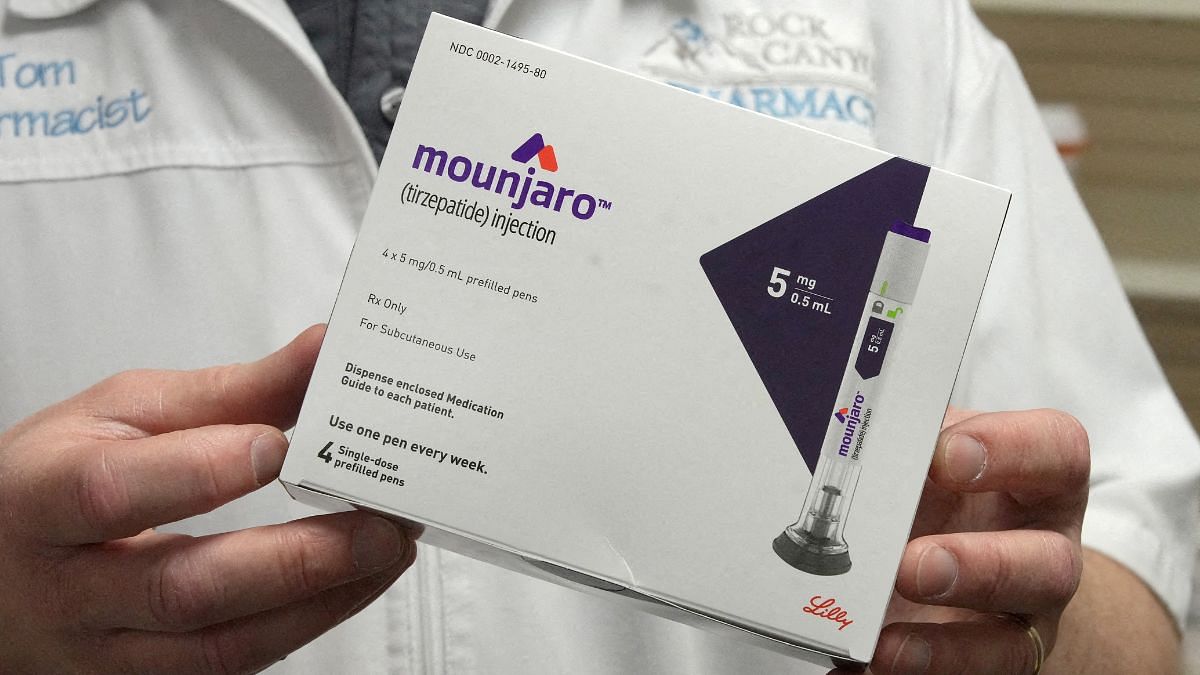Mounjaro in India—appetite for some industries will shrink too
The Indian launch of Mounjaro, or tirzepatide, by Eli Lilly last month marks a strategic inflection point—not just for healthcare, but for adjacent industries such as food, fitness, and wellness.
Originally developed for type 2 diabetes, Mounjaro has quickly gained global attention for its weight-loss efficacy. Now approved in India, it enters a market where over 100 million people are living with diabetes, and obesity is a growing public health concern. The pharmaceutical world’s latest blockbuster isn’t just changing waistlines but reshaping entire industries.
Drugs like Ozempic and Mounjaro are GLP-1-based medications, meaning they mimic gut hormones that help regulate appetite and blood sugar. In the process, they suppress hunger, slow digestion, and help people shed kilos. But they’ve also quietly triggered a chain reaction across the consumer landscape. Their impact lies not just in their biological effects but in their second-order consequences. From grocery shelves to gym floors and supplement shops, the tremors are being felt far and wide.
Also Read: I was a pregnant penguin, see my before-after pics. 66-yr-old’s Ozempic to Mounjaro journey
F&B: A shrinking appetite for indulgence
Fast food and snack companies are beginning to feel the pinch—literally. Consumers on GLP-1s and similar drugs report a marked drop in cravings for highly processed, high-calorie foods.
Early signs suggest this isn’t a passing trend. Major food companies are scrambling to reform product lines to fit the “smaller portion, higher protein” mantra. Expect more frozen meals branded around portion control, satiety, and “metabolic health” Products once marketed as “guilt-free” are being rebranded as “GLP-1 friendly”.
The underlying shift: food is no longer just about indulgence—it’s about optimisation.
This change could hit legacy brands hardest. For decades, they’ve sold comfort and convenience. Now, consumers on appetite-suppressing medications are consuming less and caring more about quality. It’s a quiet reckoning for a trillion-dollar industry.
A muscular makeover for the fitness industry
Fitness centres may initially seem threatened—after all, if weight loss can come in a syringe, who needs a treadmill? However, that overlooks an important side effect: GLP-1s can reduce muscle mass as well as fat.
This has opened the door for gyms and personal trainers to reframe their value. The message is clear: you might lose weight on the drug but need strength training to maintain a healthy body composition.
Smart gyms abroad are already pivoting, investing in resistance training programmes, and marketing themselves as the antidote to muscle loss, not weight gain. There is also an emotional component: for many users, the boost in confidence from weight loss creates a new openness to physical activity. The fitness industry is now catering to a population that’s not just trying to lose weight but trying to stay well.
Tough pill for weight loss business
The weight-loss industry thrived on powders, shakes, and promises for decades. But in the age of medically prescribed, clinically proven weight-loss drugs, many of these alternatives are looking obsolete.
Sales are already showing signs of erosion as consumers migrate from “natural” fat burners to solutions with regulatory backing and tangible results. Still, all is not lost.
Some companies are now framing their products as nutritional companions to pharmaceutical regimens. High protein shakes, electrolyte formulas and muscle-supporting supplements are being repackaged as ways to support the GLP-1 lifestyle. This shift represents a kind of brand survival: not by competing with the drug, but by orbiting it.
Whether these efforts succeed will depend on how well these companies can integrate into a new health narrative—one based on synergy with medicine, not magical alternatives.
Also Read: Fat-busting drug Mounjaro launched in India. Here’s how much it will cost
The big picture
We are witnessing the medicalisation of weight management at scale. What used to be a matter of willpower and diet fads is increasingly being handled at the molecular level.
But the story doesn’t end at the pharmacy. What people eat, how they move, and what they buy are all being reshaped in response to this medical advance. Industries that ignore the ripple effects will struggle to stay relevant.
Those who adapt—by focusing on health, not hype—have a chance to thrive in the post-Ozempic era. In a nutshell, this is not just about weight loss. It’s an economic and cultural reset—and we’re only at the beginning.
Dr Kiran Mahasuar is an Assistant Professor in the Strategy, Innovation, & Entrepreneurship Area at IMT Ghaziabad. Views are personal.
(Edited by Asavari Singh)
Source link
Share this article:












